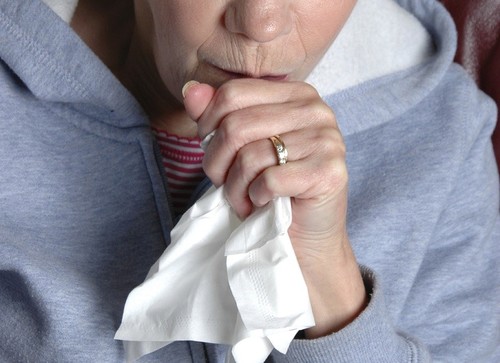Airflow obstruction is consistently associated with poverty at individual and community levels, independent of age, sex and tuberculosis, according to new research published in the European Respiratory Journal.
The research team aimed to learn more about the relationship between poverty and the prevalence of airflow obstruction at an individual level, as previous research has found associations between mortality rates from COPD and per capita Gross National Income (GNI).
Researchers conducted a cross-sectional study using Burden of Obstructive Lung Disease (BOLD) study participant data, including 9255 adults aged more than 40 years from 12 sites. Participants’ airflow obstruction was measured using force expiratory volume 1 (FEV1) and forced vital capacity (FVC), and expressed in percentage values. The prevalence of FEV1/FVC values lower than the normal limit was tested for association with poverty for each site.
Regression analyses were adjusted for possible confounding factors including participant age, sex, BMI, education, exposure to/history of smoking, occupational exposure to poor air quality, family history of breathing problems, childhood hospitalisation for breathing problems and previous diagnosis of TB.
The results showed strong associations between FEV1/FVC (%) and wealth, as sites with a relatively high mean wealth score had a comparatively low prevalence of airflow obstruction. Researchers also found that in countries with a low overall consumption of tobacco, there was an inverse association between wealth and airflow obstruction.
The authors acknowledge that the socioeconomic conditions of the sites assessed are not entirely representative of the global community, potentially limiting the study, and point out the need to investigate further the role of factors that may explain why poverty is associated with airway obstruction.





